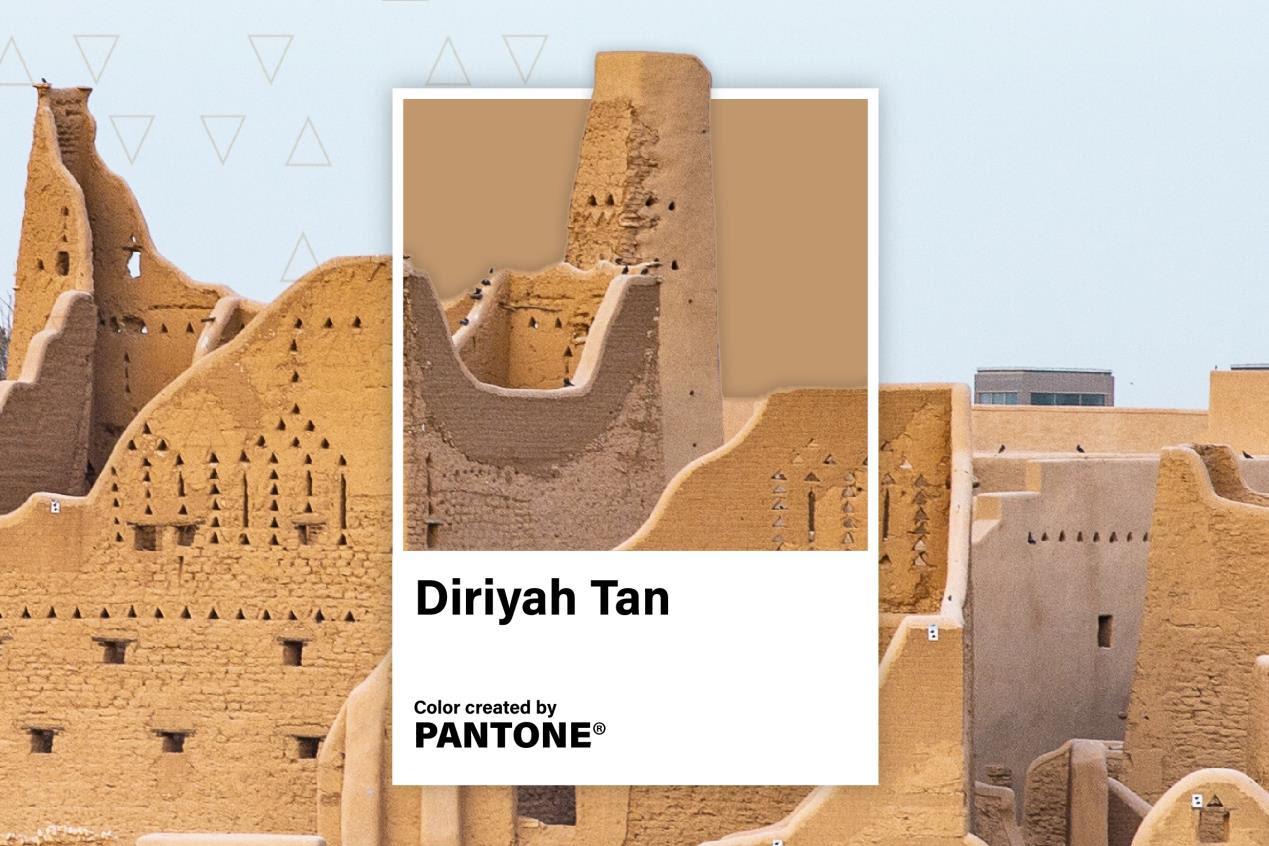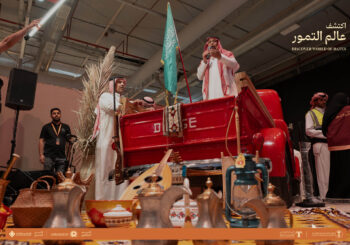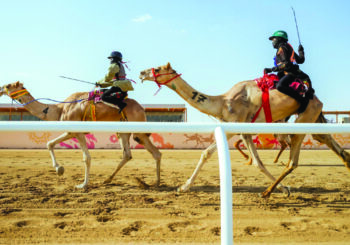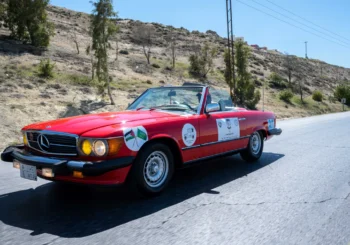In a move that fuses architectural tradition with modern branding, Diriyah Company has unveiled “Diriyah Tan”, a custom-developed color in partnership with the Pantone Color Institute, drawing inspiration from the golden mudbrick hues of the historic At-Turaif district – the heart of Saudi Arabia’s cultural heritage.
Announced on April 9, the new color is more than a visual statement – it is a symbolic cornerstone of Diriyah’s evolving identity. The golden tan shade reflects the tones of Najdi mudbrick architecture, which has shaped the landscape of the region for centuries. It also forms a key part of Diriyah’s City of Earth initiative, reinforcing the area’s role as a national cultural beacon and a rising global destination.
A Cultural Statement in Color
“Diriyah Tan is a timeless tribute to At-Turaif and our new landmarks like Bujairi Terrace and Bab Samhan Hotel. It instantly connects people to Saudi Arabia’s cultural soul,” said Jerry Inzerillo, Group CEO of Diriyah Company. The shade, he noted, captures the balance between preservation and progress – between the enduring textures of the past and the ambitions of the future.
The project marks the first collaboration of its kind between a Saudi destination and Pantone, the global authority on color design. According to Laurie Pressman, Vice President of the Pantone Color Institute, the tone was chosen not only for its aesthetic value, but for what it represents.
“Diriyah Tan bridges history and progress. Its earthy warmth mirrors the textures of At-Turaif’s structures, reinforcing Diriyah’s role as a beacon of learning and youth empowerment,” Pressman explained to Arab News.
For Kiran Haslam, Chief Marketing Officer of Diriyah Co., the creation of Diriyah Tan was never just about branding. “The launch of Diriyah Tan – our collaboration with the Pantone Color Institute – was not simply about identifying a hue; it was about capturing the soul of a place,” he said in an interview to Arab News.
Haslam hinted at future color explorations, potentially drawing from other Saudi landscapes like Wadi Hanifah, or drawing inspiration from Najdi crafts and contemporary Saudi art. These new directions, he noted, would only strengthen Diriyah’s position as a cultural landmark shaped by both heritage and innovation.
He described Diriyah Tan as “the truest representation of The City of Earth… one brushstroke among many, but one that evokes the majesty of what Diriyah is.”
A City Rooted in Earth, Looking to the World
Diriyah has fast become one of the Kingdom’s most ambitious cultural and tourism developments. Since 2022, over three million visitors have explored its historic ruins and contemporary attractions. Projects underway include luxury hotels, residential neighborhoods, and cultural venues such as the Diriyah Arena and Royal Opera House.
The release of Diriyah Tan signals not only a step forward in shaping a distinct visual identity, but a broader ambition to craft a place that feels as deeply rooted as it is forward-looking. The color is expected to appear across signage, architecture, merchandise, and digital platforms associated with Diriyah’s expanding portfolio of destinations.
Among its recently completed attractions is Bujairi Terrace, a culinary hub offering over 20 local and international dining concepts, alongside hotels like Bab Samhan, which seamlessly blend modern hospitality with Najdi design traditions.
Upon completion, Diriyah will be home to over 100,000 residents and visitors, offering a diverse mix of retail, entertainment, hospitality, education, and living spaces, all crafted to reflect the essence of Saudi identity.
While Diriyah Tan may be the first in this visual journey, it is unlikely to be the last. As Diriyah continues to grow into its role as a cultural and creative capital, Haslam noted that collaboration with local artists, architects, and historians would be key to evolving the city’s identity.
After all, Diriyah has always been a place of exchange – of trade, of learning, of stories. Now, through color, it is telling a new story rooted in soil, shaped by heritage, and shaded by vision.








Comments (0)